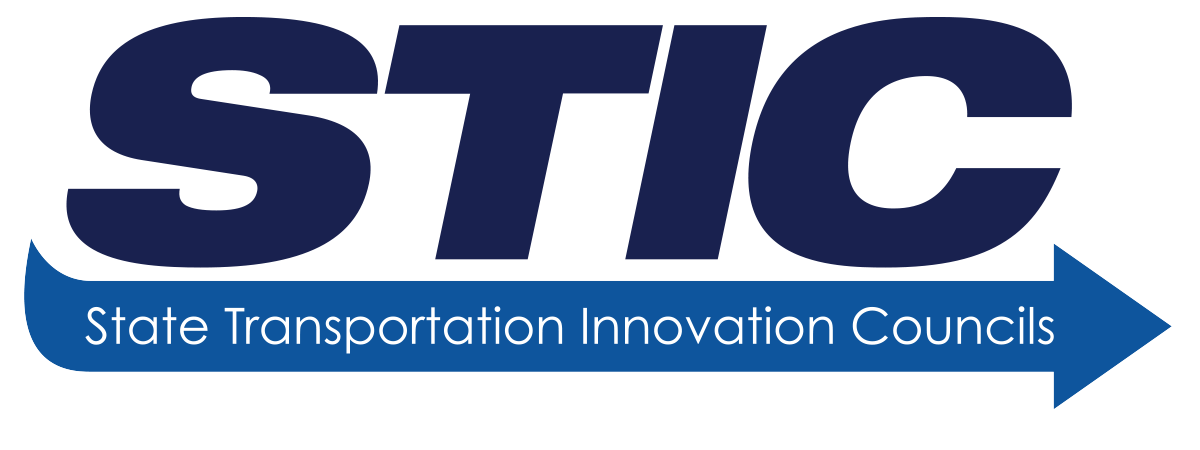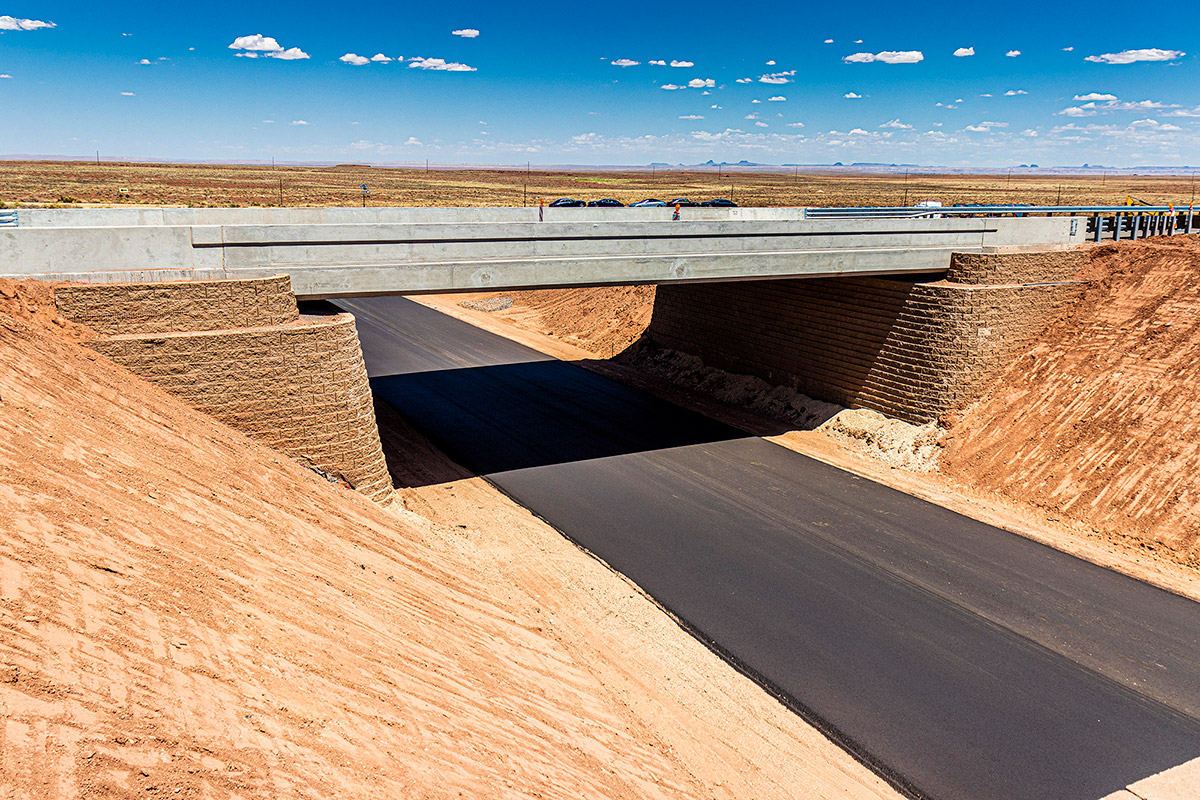State Transportation Innovation Councils are turning to STIC Incentive funds to help them make new technologies and processes standard practices in their States. As a result, e-Construction is advancing in Wisconsin and New Mexico and geosynthetic reinforced soil-integrated bridge system (GRS-IBS) technology is now part of Arizona’s bridge-building toolbox.
The Wisconsin Department of Transportation (WisDOT) revamped and upgraded its Quantities 2 Plans (Q2P) application, a tool that supports the agency’s project estimating and e-Construction efforts. WisDOT developed Q2P to create a single repository of bid item data that maintains a live link between the engineer’s estimate, quantity calculations, and construction plan miscellaneous quantity sheets. In the STIC Incentive project, WisDOT rebuilt the original version of the application with extensive feedback from end users. In doing so, WisDOT enhanced Q2P’s efficiency, removed software bugs, and added new functions, such as integration with other e-Construction tools. The agency also increased the security of Q2P so it could make the tool available to consultants working on WisDOT highway design projects.
Q2P now better supports WisDOT’s e-Construction efforts by improving processes related to project estimating and paperless operations. Its auto-populating and auto-calculating functions save time and reduce manual data entry by about 60 percent while reducing the potential for manual data entry errors. WisDOT estimates that Q2P has the potential to save 3,000 hours a year over traditional, nonautomated methods. On larger projects that in the past required two engineers an entire day to manually enter a project’s quantities and estimate into preconstruction software, Q2P reduces the time and effort to one engineer for 1 to 2 hours.
WisDOT believes other transportation departments could modify Q2P for their own use in e-Construction processes. For information, contact David Esse of WisDOT.

The New Mexico Department of Transportation (NMDOT) used STIC Incentive funds to deploy mobile devices and software for e-Construction management on pilot projects. This enables construction inspectors to access contract information and complete tasks such as inputting daily reports while in the field. The software allows the creation of electronic PDF as-built plans in real time, eliminating the need to add the cost of developing post-construction plans to the contract. The software also improves partnering between NMDOT, contractors, and other stakeholders by increasing transparency of contract document transmission, distribution, and storage.
NMDOT estimates that using e-Construction management saves each inspector an average of 1.78 hours a day in travel time between construction sites and the project office to work on tasks such as filing reports and obtaining plan sheets. The agency estimates that if it used e-Construction management on all projects, the potential cost savings on inspection time for 112 inspectors and as-built plans for an average of 46 projects a year would total about $3.88 million over 3 years. For information, contact Jesus Sandoval of NMDOT.
The Arizona Department of Transportation (ADOT) used STIC Incentive funds to develop a construction specification for GRS-IBS, a rapid-construction, high-quality method of bridge support that blends the roadway into the superstructure. The agency developed the GRS-IBS construction specification to use on ADOT projects and serve as a tool for local agencies to adopt for their construction projects.
 The Arizona Department of Transportation chose GRS-IBS to minimize motorist impact and expedite the replacement of an Interstate 40 bridge.
The Arizona Department of Transportation chose GRS-IBS to minimize motorist impact and expedite the replacement of an Interstate 40 bridge.ADOT’s first use of GRS-IBS and the specification was on a project to replace the Interstate 40 bridge at Meteor City Road. The agency chose GRS-IBS for the project to get the work done faster, limit inconvenience for motorists, and reduce long-term maintenance costs. Using GRS-IBS made it possible for the project team to remove the existing twin structures, construct the new ones, and get them ready to open to traffic in 18 days. A traditional construction approach would have required a 3- to 4-month closure of I-40. Input from the project team enabled ADOT to revise and refine the GRS-IBS specification for use on future projects. For information, contact David Benton or Brent Conner of ADOT.
